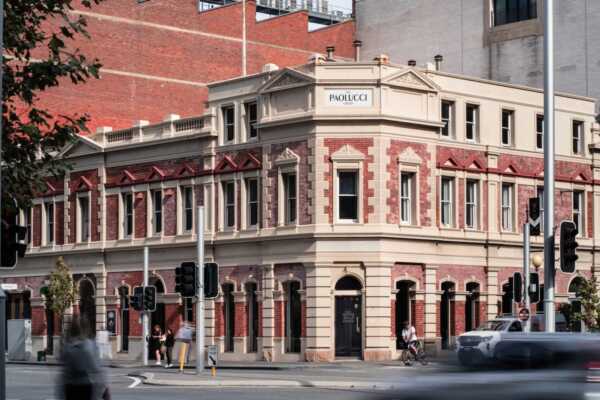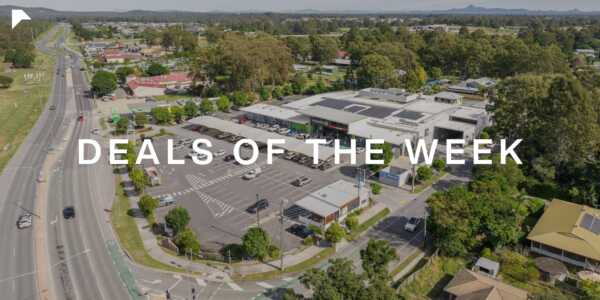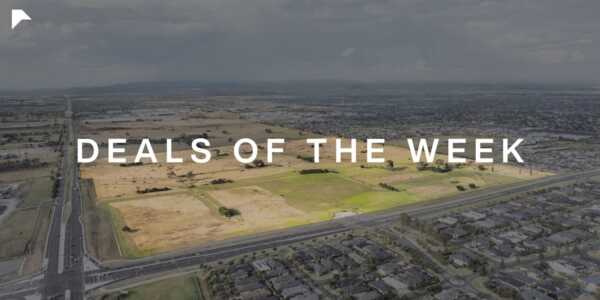It’s been a big year and now it is time for reflection.
In this series of articles, we are looking at the impacts 2018 has had on the residential and commercial sectors, as well as the regions and opportunities of significance in each major property development state. You can find our Victoria and New South Wales summaries here – now let us continue with our final instalment, Queensland.
Commercial – Industrial
Naturally for a state of such size and sprawl, it is difficult to account its entirety in one summation, but overall the industrial development sector was one of the most significant performers for Queensland in 2018.
Independent property valuation firm Herron Todd White stated in their recently published 2018 review that Brisbane’s industrial markets saw ‘strong demand’ throughout 2018. Sales volumes are lower than that of the previous year, however the report indicates that this may simply be due to the lack of quality stock available for purchase. This reduction in quality stock, however, did not abate appetites as the year saw an increase in demand and a reflective appreciation in land values evident across a number of industrial precincts; Eagle Farm, for instance, saw increases of around 30% through the year.
The Gold Coast industrial market has shown considerable strength through the year with a lift in industrial rental levels, thought to have been brought on by the growing owner-occupier buyer market having significantly reduced the availability of industrial properties for lease.
With demand for owner-occupier sites outstripping supply, the sector has seen continued upward pressure on price levels. Using Core Logic data for Burleigh Heads as an example, we can see that the median value for industrial sales in 2017 was $428,150, whereas for 2018 the median value has increased to $485,000.
Cairns, whilst holding a relatively small industrial market, has been gradually consolidating over the past 12 months and Herron Todd White predict a stable immediate future. The firm see that there is “likely to be a lack of vacant industrial land in the short term with only a handful of sites available on the market”, leading to some potential opportunities to be found with sites close to the CBD.
Southern capital-city investors continued to look to regional areas for assets of significance with strong lease covenants, with Townsville being one of the regions to benefit. Though viewed to be stabilising at the bottom of the market cycle, “sentiment is improving on the back of the improving resource sector which drives the manufacturing industry”. This has not yet translated into an uplift for the industrial property market, but investors would be wise to watch this space.
The Sunshine Coast also experienced a strong 2018, with owner-occupier industrial properties below $1 million encompassing the majority of activity. More vacant land was seized for development and vacancy levels dropped through the year as well.
Savills’ Economic Property Report has revealed that New South Wales industrial market returned 12.5% over the 12 months to September 2018, thanks in large to Sydney’s Central West, which outperformed all markets nationally – “demand for industrial assets in the precinct far outstrip available supply, driving intense competition for the limited stock available for sale.”
A growing ecommerce market is driving demand for storage and distribution facilities. This is likely to push assets to Sydney’s Outer West, which Savills predicts in the “next beneficiary of limited available developable industrial land.”
Commercial – Retail
The Queensland retail sector returned 5.4% through the 12 months to September 2018. investor demand for retail assets is indicated to have remained strong through the majority of 2018, however income returns, and thus total returns, remained low due to a muted sector.
“Returns across ‘Sub-Regional’ and ‘Regional’ centres have fallen consistently over the past 12 quarters, in line with ‘Department Store’ and ‘Clothing & Footwear’ retailing facing muted growth over the same period. Still, despite the negativity toward the sector, retail property looks to greatly exceed the performance of Australian equities in 2018.”
Savills have also noted that returns for Neighbourhood centres led all other retail property types.
Commercial – Office
The Brisbane CBD office market delivered 9.8% returns, 1.2 points down from the 15-year compound annual growth rate (CAGR). Brisbane Fringe, however, recorded an 11.4% return, in line with the 15-year CAGR. Savills have indicated that record high rates of capital appreciation in Sydney and Melbourne over the past 3 years, is expected to drive international and local investors north. This renewed investor interest and steady income returns reveals a potentially promising 2019 for Queensland’s major office markets.
Residential
Herron Todd White described Brisbane’s 2018 overall residential market as ‘modest but positive’. Interstate migration, in particular from New South Wales and Victoria, has continued to improve, with lifestyle reasons being the main driver. New transport initiatives and government infrastructure plans were announced through the year and this helped to bring confidence to the market.
Inner-city and near city houses have been tightly held, however this is to be expected with little reason to offload strong assets in the current market. Renovated and renovator projects proved popular, with large lots aimed at family homes selling particularly well. The middle ring’s proximity to the city, transport and amenities have kept suburbs like Bracken Ridge, Mount Gravatt, Chermside and Keperra in high demand.
However, the attempts by the Banking Royal Commission and APRA to slow Australia’s property market, may have worked a little too well in Queensland. The inner-city units pitched towards investors, for instance, has seen a further softening through 2018.
In summary, Herron Todd White are quite positive about Brisbane’s general future, stating that “overall, the softening apartment market feels to have bottomed out – at the very least, the worst of the price discounting seems to have passed.”
The Gold Coast faired relatively well compared to the residential markets of Melbourne and Sydney. Whilst there were signs early on of a weakening market, the fallout appears to be driven predominantly from financial constraints; demand is not in rapid decline. Quality housing in high-demand areas are still attracting positive numbers and strong buyers.
The prestige market of the Sunshine Coast continued to garner success, with the sales volume of $4 million-plus of houses and home units on the Sunshine Coast equalling the previous peak experienced in 2007. Noosa Heads was a standout in this market, achieving record prices over the past 12 months.
Townsville’s inner-city saw a firming of prices and increased levels of activity, leading to increased confidence for 2019. Rental vacancy levels improved and rental rates also rose slightly in some areas. There is variance in performance, with location and housing type impacting results significantly; the upper end performing well, while downward pressure on housing prices for lower quality residential lots in suburbs with perceived social issues.
Development Approval Values
Queensland saw a fairly steady market with only a 0.1% drop in the value of residential development approvals from last year. This value sits only marginally higher than found in 2014 with the state reaching its peak DA approval values in 2015 and 2016.
Commercial office development approvals remained steady too with a 0.6% drop from last year, while the industrial sector saw a jump up of 11% off last year and the highest values achieved over the past five-year period. Unfortunately, it was an opposite story for the commercial retail sector a reduction of 32.3% of value after achieving their five-year high in 2017.
Our pick for the hottest three suburbs for 2018
Chermside
Southport
Townsville City
Read the Herron Todd White full 2018 report here.
Read the Savills 2018 economic report here.










